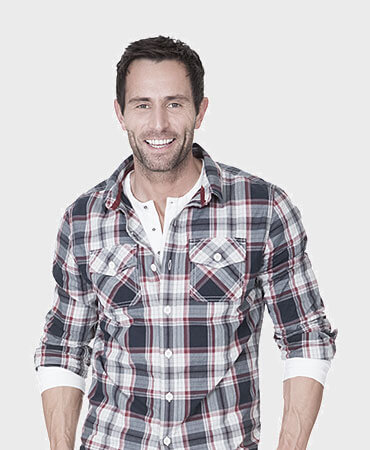What Do We Offer
- HTML
- CSS
- jQuery
- SCSS
- Javascript
- PHP
- XML
Web Designing
Lorem Ipsum is simply dummy text of the printing and typesetting industry. Lorem Ipsum has been the industry's.
App Development
Lorem Ipsum is simply dummy text of the printing and typesetting industry. Lorem Ipsum has been the industry's.
Web Application
Lorem Ipsum is simply dummy text of the printing and typesetting industry. Lorem Ipsum has been the industry's.
Our Working Process
Our process on creating awesome projects.1. Concept
Lorem Ipsum is simply dummy text of the printing and typesetting industry.
2. Prepare
Lorem Ipsum is simply dummy text of the printing and typesetting industry.
3. Retouch
Lorem Ipsum is simply dummy text of the printing and typesetting industry.
4. Finalize
Lorem Ipsum is simply dummy text of the printing and typesetting industry.
3000
50
324
1234
Our Portfolio.
A creative agency that believes in the power of creative ideas and great design.Popular
-
A good friend recently asked me about handstands. Simon Borg-Olivier - lifting to handstand Handstands aren't something I tend to engage...
-
In September 2017 I taught an extended weekend program on Samkhya Karika at Chicago Yoga Center. I will be teaching a text योग याज्ञवल्क्य ...
-
Note: I've just brought together this post and earlier posts related to my current approach to practice as well as my posts on Simon B...
-
T.R.S. SHARMA (Mysore 1941), the year Krishnamacharya's Yogasanagalu was published (available HERE ) More photos of TRS Sharma's set...
-
"For people over fifty, it is enough to practice some of the easier and more useful asanas, as well as some of the pranayamas." P...
Tags

"Lorem ipsum dolor sit amet, consectetur adipiscing elit. Duis mauris ex, gravida ut leo eu, rhoncus porta orci. Fusce vitae rutrum nulla."Joe Smith, CEO of Cubix

"Lorem ipsum dolor sit amet, consectetur adipiscing elit. Duis mauris ex, gravida ut leo eu, rhoncus porta orci. Fusce vitae rutrum nulla."Lisa Jones, Freelance Web Developer

"Lorem ipsum dolor sit amet, consectetur adipiscing elit. Duis mauris ex, gravida ut leo eu, rhoncus porta orci. Fusce vitae rutrum nulla."Ryan Waltz, Front-End Developer
Meet The Team
Our process on creating awesome projects.Get in Touch
Feel free to drop us a line to contact usFeel free To Contact
Lorem ipsum dolor sit amet, consectetur adipisicing elit. Voluptate dolores, quasi unde quisquam facilis at ullam aperiam similique dicta voluptatibus!
- 3066 Stone Lane, Wayne, Pennsylvania.
- +610-401-6021, +610-401-6022
- admin@mydomain.com
- www.yourdomain.com














